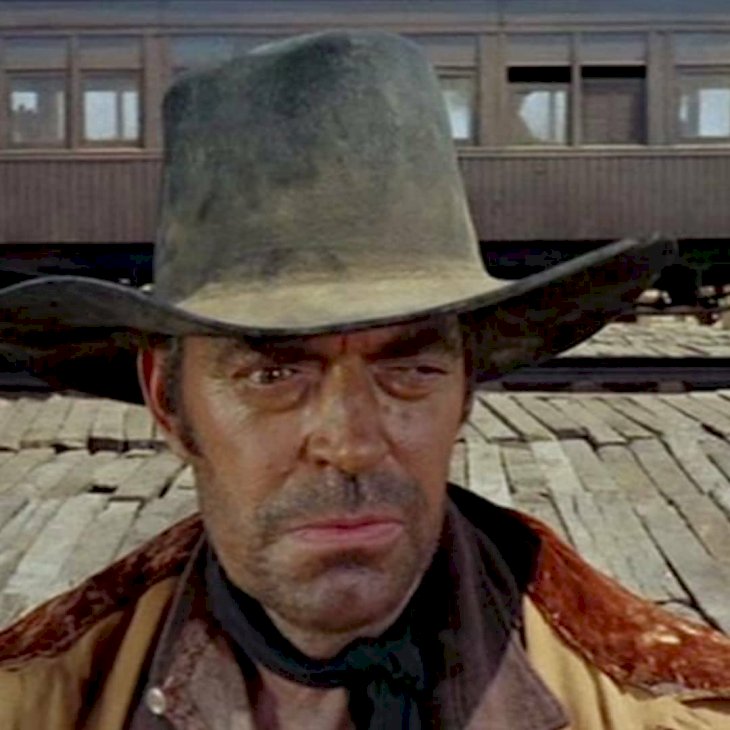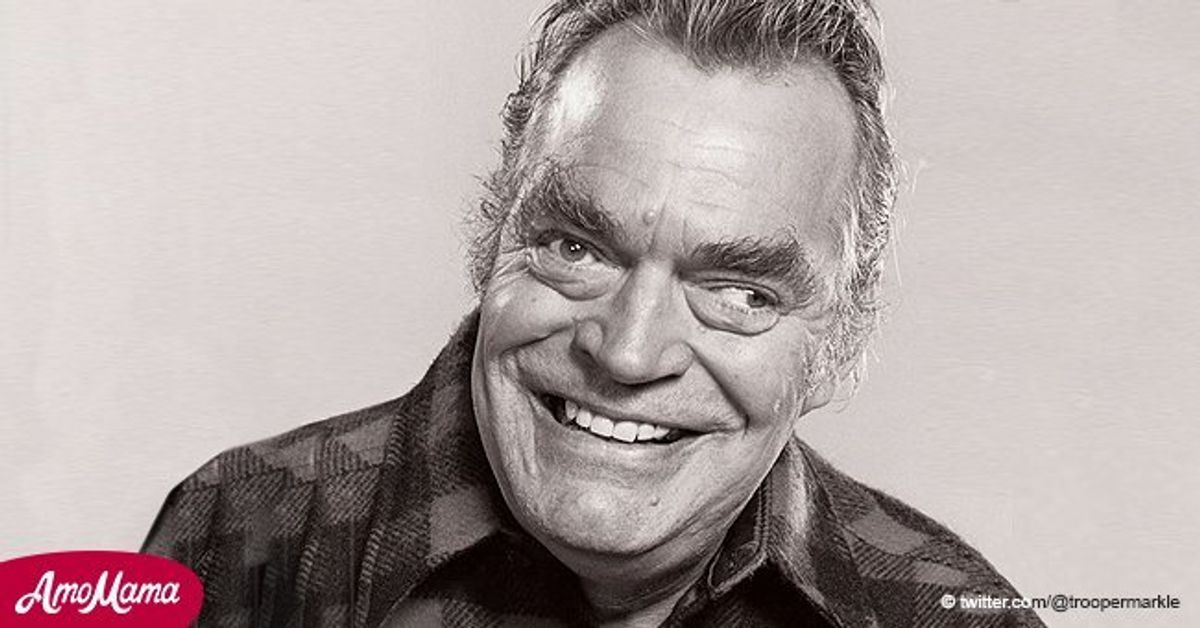Jack Elam: The Master Of Hollywood's Golden Era Villains
When discussing Hollywood legends, the name Jack Elam emerges as a beacon of talent and an unforgettable figure. His portrayal of villains in classic Westerns and film noir left a lasting impression on audiences worldwide. Jack Elam wasn't merely an actor; he was an artist who transformed the perception of villains, making them multidimensional and compelling. If you've ever been captivated by a villain so intriguing that you couldn’t look away, there's a strong chance it was Jack Elam who brought that character to life.
Born on April 5, 1918, in Omaha, Nebraska, Robert Elam, known professionally as Jack Elam, wasn't the stereotypical leading man. Standing at just 5’7”, he defied the conventional Hollywood mold. However, his distinctive features, including deep-set eyes and a crooked nose (a result of a childhood injury), became his trademark, making him one of the most recognizable faces in the industry. Over his career, Elam starred in over 100 films and television shows, becoming synonymous with the gritty, menacing characters that defined the golden era of Westerns and film noir. His performances transcended the ordinary, leaving a legacy that remains influential in the film industry today.
| Full Name | Robert Elam |
|---|---|
| Stage Name | Jack Elam |
| Date of Birth | April 5, 1918 |
| Place of Birth | Omaha, Nebraska |
| Occupation | Actor |
| Years Active | 1942–1987 |
| Notable Roles | Ben Miller in "High Noon", Joe Burdette in "Rio Bravo", Fletcher in "The Outlaw Josey Wales" |
| Reference | IMDb Profile |
Elam’s early life was marked by challenges and resilience. Growing up in Omaha, Nebraska, he faced the loss of his father at a young age, leaving his mother to raise him and his siblings. Despite these hardships, Elam developed a passion for theater and acting, which eventually led him to Hollywood. His journey was not straightforward; he worked various odd jobs, including stints as a boxer and carnival worker, experiences that shaped his rugged exterior and informed his performances later in life.
Read also:Enrique Depetal The Visionary Redefining Innovation And Creativity
Elam’s breakthrough in Hollywood came in the early 1940s with small roles in B-movies. Initially typecast as a villain due to his distinctive appearance, Elam embraced this stereotype, honing his craft and bringing depth to every role. By the mid-1950s, he had established himself as one of Hollywood's go-to villains. His collaborations with legendary directors like Howard Hawks and John Ford further solidified his reputation. Elam's ability to convey menace without uttering a word set him apart from his contemporaries, making him a standout in the industry. His performances in Westerns were not just about playing the bad guy; they were about bringing authenticity and complexity to his characters.
Elam’s versatility extended beyond Westerns. He made a name for himself in the world of film noir, with performances in films like "The Prowler" and "The Sniper." His ability to switch seamlessly between genres demonstrated his range as an actor and his willingness to take on challenging roles. This versatility made him a standout figure in Hollywood during the mid-20th century. His performances were marked by tension and unpredictability, essential qualities for the film noir genre. His work in these films showcased his ability to transcend typecasting, proving that talent and dedication could overcome perceived limitations.
Elam's association with Westerns was almost inevitable. His rugged appearance and ability to convey raw emotion made him a natural fit for the genre. During the golden age of Westerns, Elam worked with some of the biggest names in the industry, including John Wayne, Clint Eastwood, and James Stewart. His villains were not one-dimensional; they had motivations, flaws, and a sense of humanity that made them relatable, even if they were on the wrong side of the law. His performances in films like "High Noon," "Rio Bravo," and "The Outlaw Josey Wales" remain masterclasses in subtlety and menace, influencing modern actors and filmmakers alike.
Despite his larger-than-life persona on screen, Jack Elam was a private individual off-screen. He married twice and had two children. His personal life was relatively low-key compared to some of his contemporaries, and he preferred to keep his family out of the spotlight. In interviews, Elam often spoke about his love for fishing and the outdoors, activities that allowed him to escape the pressures of Hollywood. His down-to-earth nature made him a beloved figure among his peers, and he was known for his sense of humor and humility. His personal life reflected his dedication to authenticity and simplicity, qualities that were evident in his performances.
Elam’s legacy continues to influence the world of cinema. His contributions to the Western genre have left an indelible mark on the industry. Many modern actors cite Elam as an inspiration, praising his ability to bring depth and authenticity to his roles. His career proved that talent and dedication could overcome perceived limitations, paving the way for future generations of actors who didn’t fit the traditional mold of Hollywood leading men. His work continues to inspire aspiring actors today, emphasizing the importance of character development and complexity in performance.
Elam’s impact on the film industry goes beyond just his performances. He was a pioneer in a time when typecasting was rampant, and his ability to transcend those limitations set a precedent for future actors. His collaborations with legendary directors helped shape the landscape of classic Hollywood cinema. Elam’s influence is evident in the way villains are portrayed in modern films, focusing on motivations and complexity. His work continues to be studied and admired by filmmakers and actors alike, making him a crucial figure in the history of cinema.
Read also:Elad Gil The Mastermind Behind Silicon Valleys Most Successful Startups
Jack Elam’s remarkable career and life are a testament to the power of passion, dedication, and authenticity. From his humble beginnings in Omaha to becoming one of Hollywood's most iconic villains, Elam’s journey is nothing short of inspiring. His contributions to the film industry have left a lasting legacy that continues to influence and inspire. The next time you watch a classic Western or film noir and find yourself captivated by a villain who’s more than just a bad guy, chances are, you’re experiencing the legacy of Jack Elam. His work continues to be celebrated, reminding us of the depth and complexity he brought to his roles, turning being a villain into an art form.
Elam’s influence extends beyond just his performances; it reflects a broader trend in the film industry. His career coincided with a time when Hollywood was transitioning from the studio system to a more independent model, allowing actors like Elam to explore diverse roles and genres. His ability to adapt and thrive in this changing environment underscores his versatility and resilience. In a world where actors often struggled to break free from typecasting, Elam’s success serves as a reminder of the importance of authenticity and dedication in the craft of acting.
Elam’s work also resonates with modern audiences, as the film industry continues to explore complex characters and narratives. His performances in Westerns and film noir laid the groundwork for contemporary portrayals of villains, emphasizing the importance of depth and nuance. Directors and actors today often draw inspiration from Elam’s approach to character development, recognizing the value of creating multidimensional villains who challenge audiences to question their perceptions of morality and justice. His legacy continues to inspire a new generation of filmmakers and actors, ensuring that his contributions to the industry remain relevant and influential.
In the context of Hollywood's evolving landscape, Elam’s career highlights the importance of breaking stereotypes and embracing diversity in casting. His success as a non-traditional leading man paved the way for future generations of actors, demonstrating that talent and dedication can overcome perceived limitations. As the industry continues to embrace inclusivity and representation, Elam’s story serves as a powerful reminder of the transformative power of art and the enduring impact of those who dare to challenge the status quo. His legacy is not just about his performances but about the broader impact he had on the industry and society as a whole.


